Arte Cocoa Butter Colouring: The Professional's Secret to Excellent Colour Mastery
Colour is not just an accent, it's a powerful medium that can transform a simple dessert into a captivating work of art.
3 min read
Jan 26, 2023 11:24:04 AM
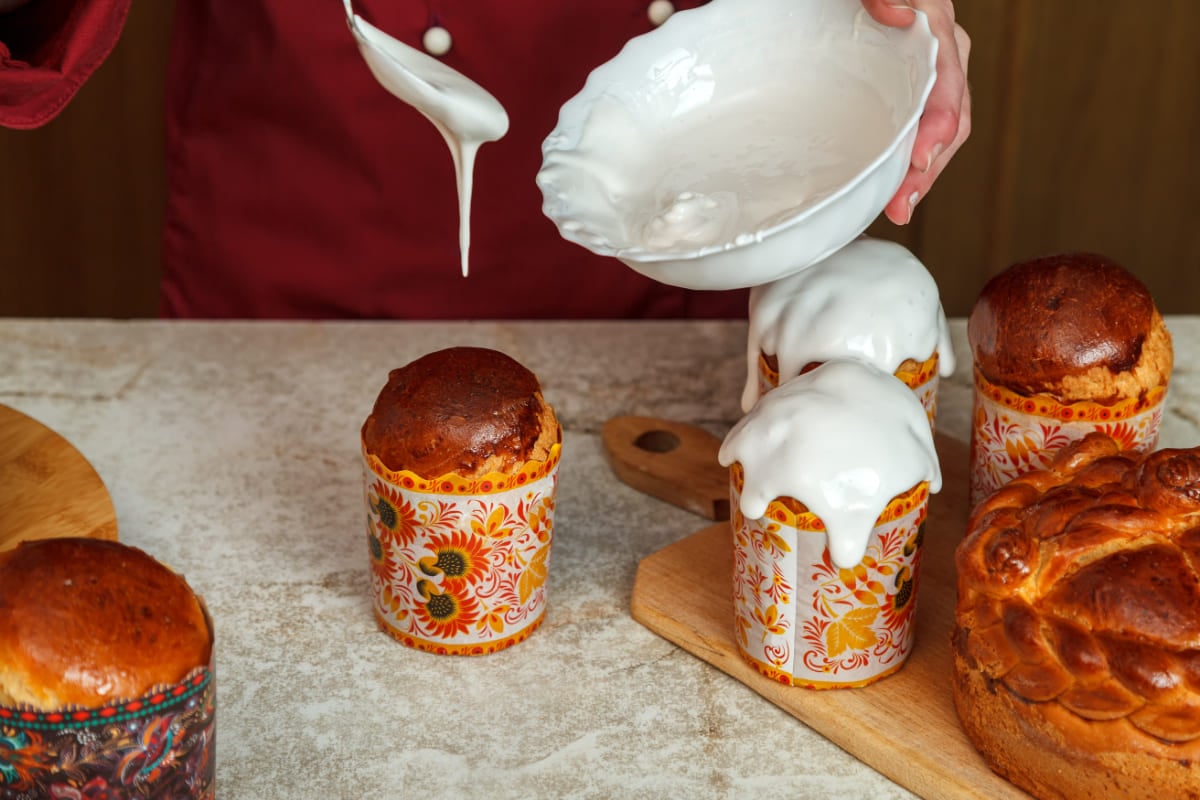
Icings are one of the most fun way to decorate a cake. Not only does it add flavor and texture, icings can really add a personality to your cake when imbued with colors and applied with techniques that follows a certain theme or mood.
In this article, get to know different types of cake icing and how they can be used to decorate your cake.
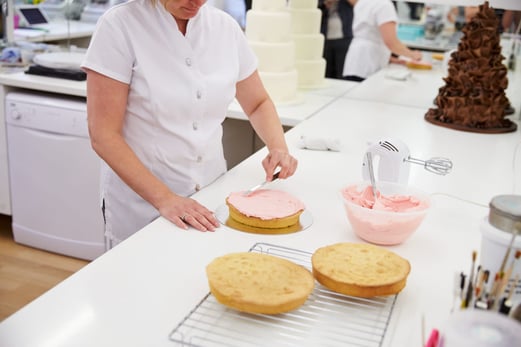
Icing is a pastry topping made using confectioners’ sugar (also known as icing sugar, hence the name) mixed with a liquid such milk, cream, lemon juice, or liqueur.
There are many ways to apply icing to your cakes, such as:
Read more: What is The Best Way to Make Dark Chocolate Filling?
There are several different types of icing that you can choose depending on the texture, flavor, and application that you want. Here are the 5 most common types of icing cake icing.
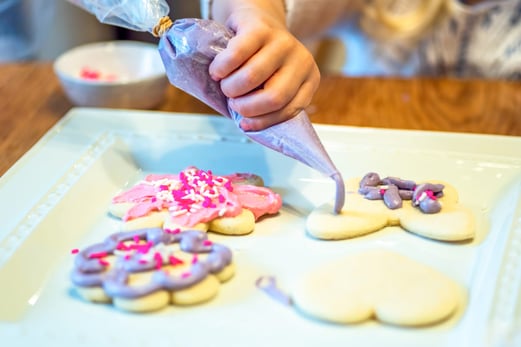
Royal icing is the most traditional of all icings. It is a pure white icing that dries into a smooth, hard shell with a matte finish. Its sturdy and stable property makes it great for piping and flooding. You can also smooth this type of icing over cakes to use as a base for your decorations.
It is traditionally made using egg whites, icing sugar and a dash of lemon juice. Some may opt for meringue powder over egg whites, in order to avoid using raw egg in the recipe. Additionally, you can add flavors to your royal icing using alcohol or water-based flavoring.
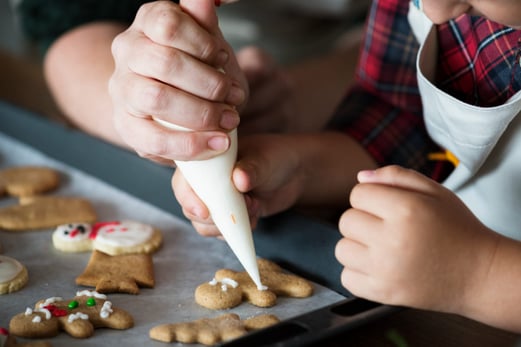
Glace icing is made with only two main ingredients: icing sugar and water (or other liquid like juice). It has a smooth, runny and glossy appearance and sets hard.
All you need to do is sift the icing sugar and gradually add warm water until the icing becomes thick enough to coat the back of a spoon.
Glace icing is most commonly poured over sponges, cakes, and cookies. Because it sets hard nicely, you can also use it as an edible glue for gingerbread houses or other product assemblies.
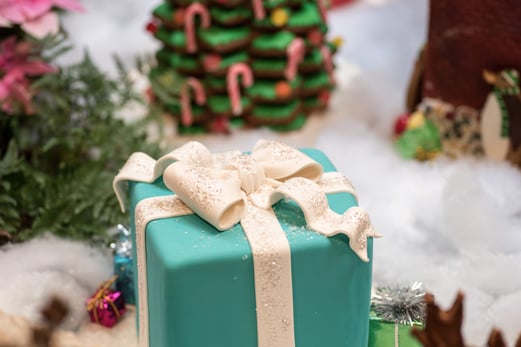
Fondant is a type of icing that, unlike others, is much thicker in texture. Some may think of it as more of a sugar paste than icing. It can be molded, rolled, sculpted, and manipulated physically for decorating cakes and other treats.
Fondant is commonly sold at baking supply stores as a ready-to-use product, but you can also make it using icing sugar, water, and cornflour.
There are many different types of fondant, namely rolled fondant, confectionery fondant, and poured fondant.
Read more: 5 Simple Chocolate Decoration Techniques for Cakes
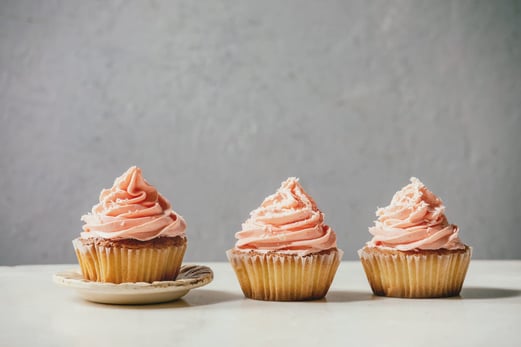
Buttercream is one of the most popular types of icing for cakes. It is softer and smoother in texture and more spreadable than most icing.
Buttercream is made with a type of fat (most of the time using butter, as the name implies, or you can also use lard or margarine), icing sugar, and sometimes a liquid like water or cream. Because it contains butter, it has a richer flavor than frosting.
A thing to note when you’re making buttercream is that you need to use room-temperature butter. This allows the cream to blend out, creating a smooth buttercream. On the other hand, using hardened butter will make the buttercream lumpy.
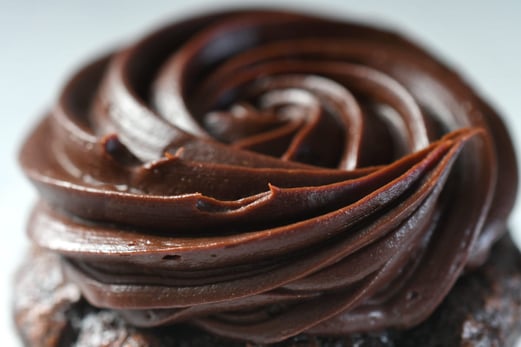
Frosting is a type of cake icing that is thicker in texture. It has a creamy and spreadable texture that makes it suitable as a coating, topping or filling for cakes and cupcakes. You can also pipe it as a cake or cupcake decoration.
To make the frosting, you will need some kind of fat (such as shortening or cream cheese), icing sugar, and water or milk. While frosting has almost the same ingredients as buttercream, they differ in that frosting does not contain butter. Instead, the fat used is usually shortening or cream cheese.
Because there’s no butter in it, frosting does not have a yellowing tint that you would find in buttercream. This makes frosting ideal for creating bright white toppings and allows any coloring added to be as true as possible.
Read more: How to Make Chocolate Frosting Using Baking Chocolate?
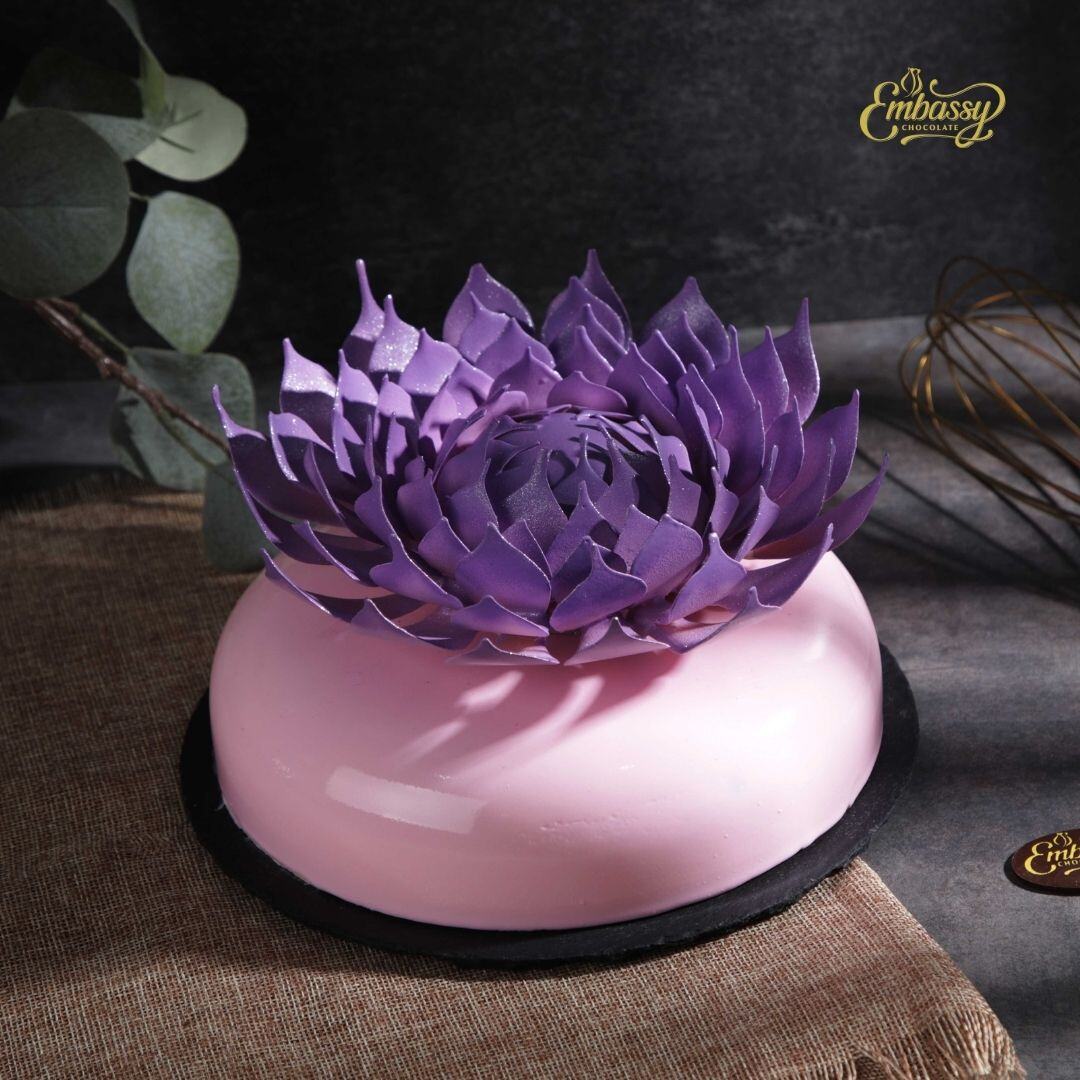
Colour is not just an accent, it's a powerful medium that can transform a simple dessert into a captivating work of art.
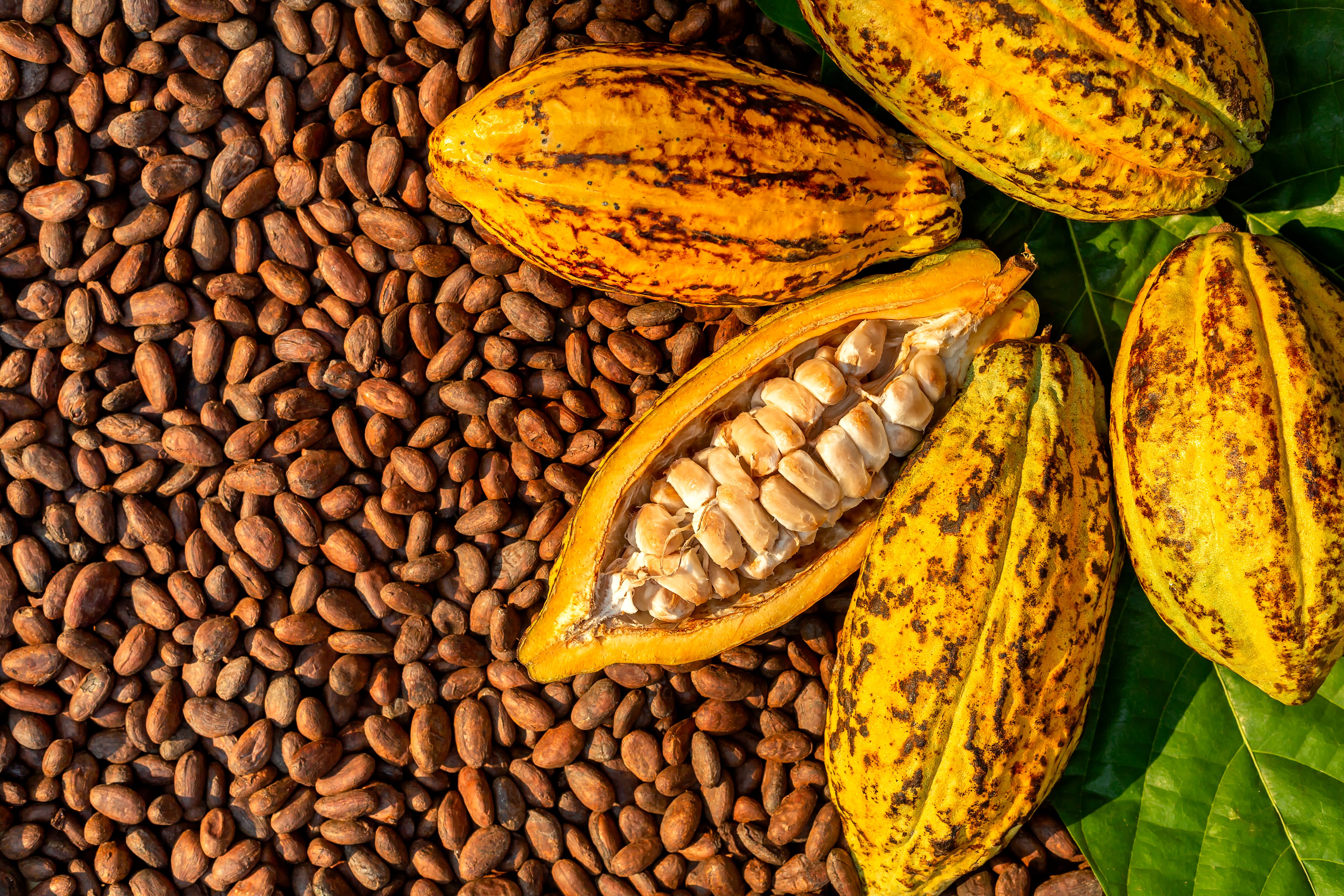
Chocolate, a beloved treat enjoyed by millions worldwide, is facing a bitter truth: the steady rise in cocoa bean prices due to disease outbreaks and...
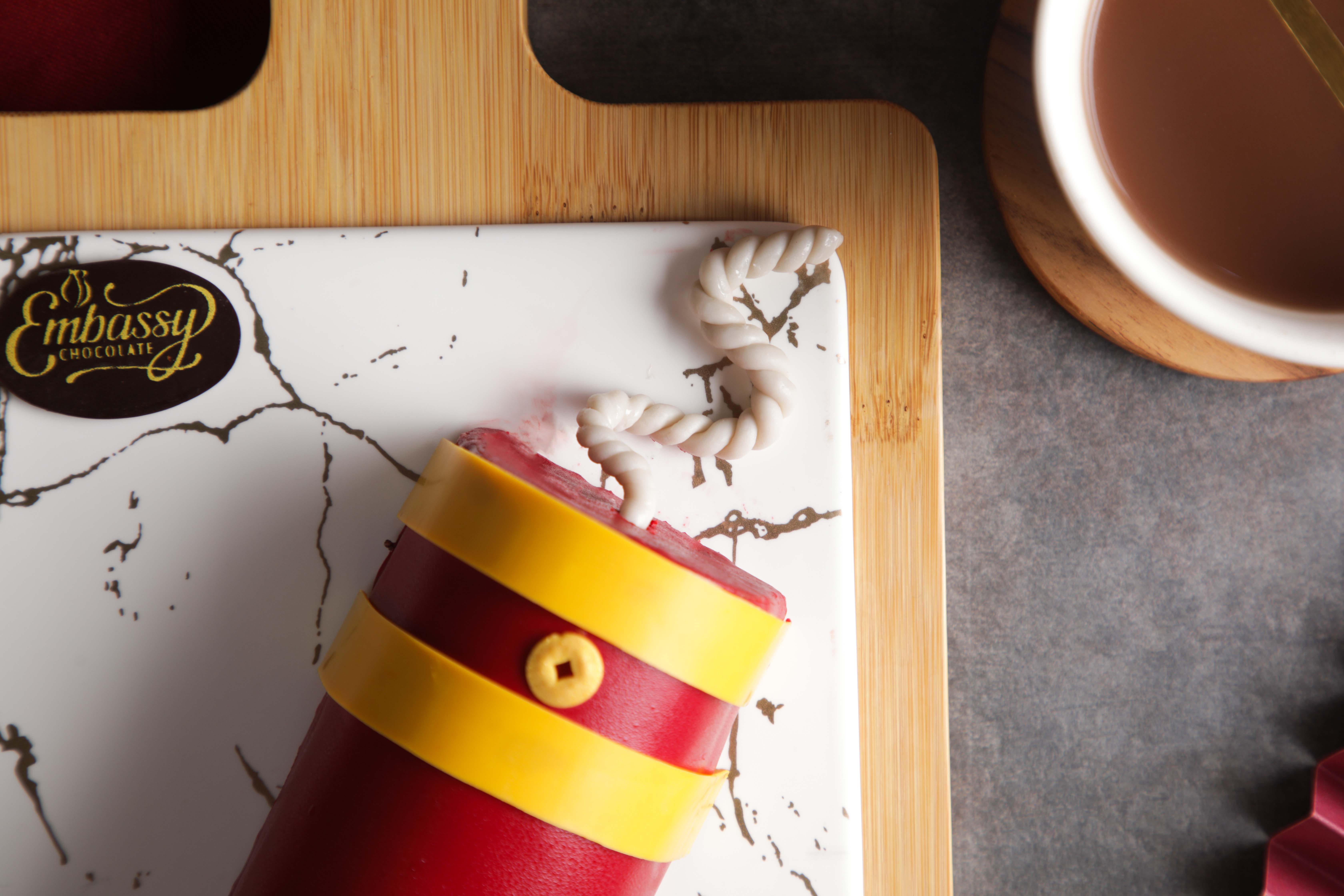
Set the Lunar New Year ablaze with our Firecracker Chocolate Roll Cake! Experience layers of rich chocolate with a hint of fiery excitement,...